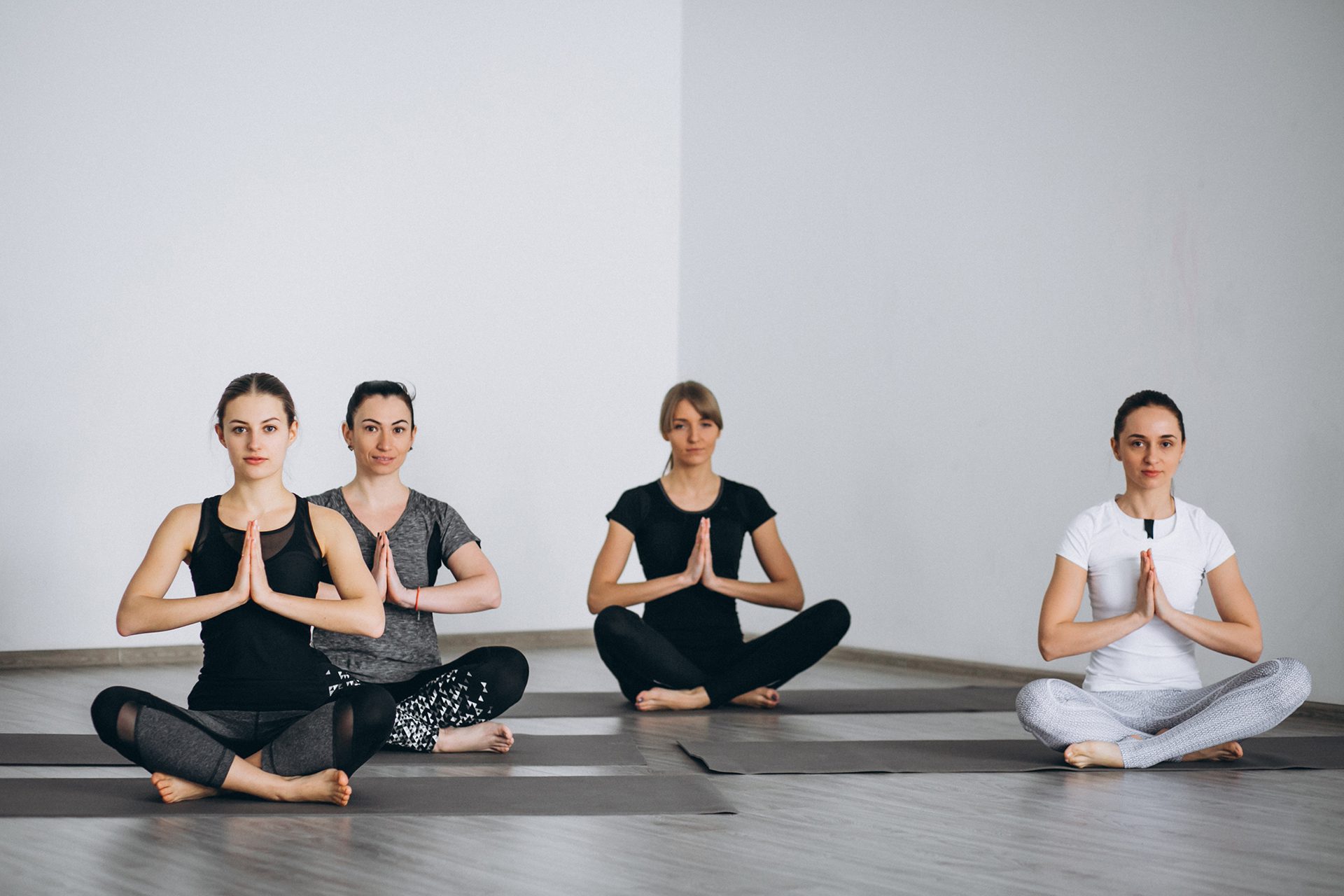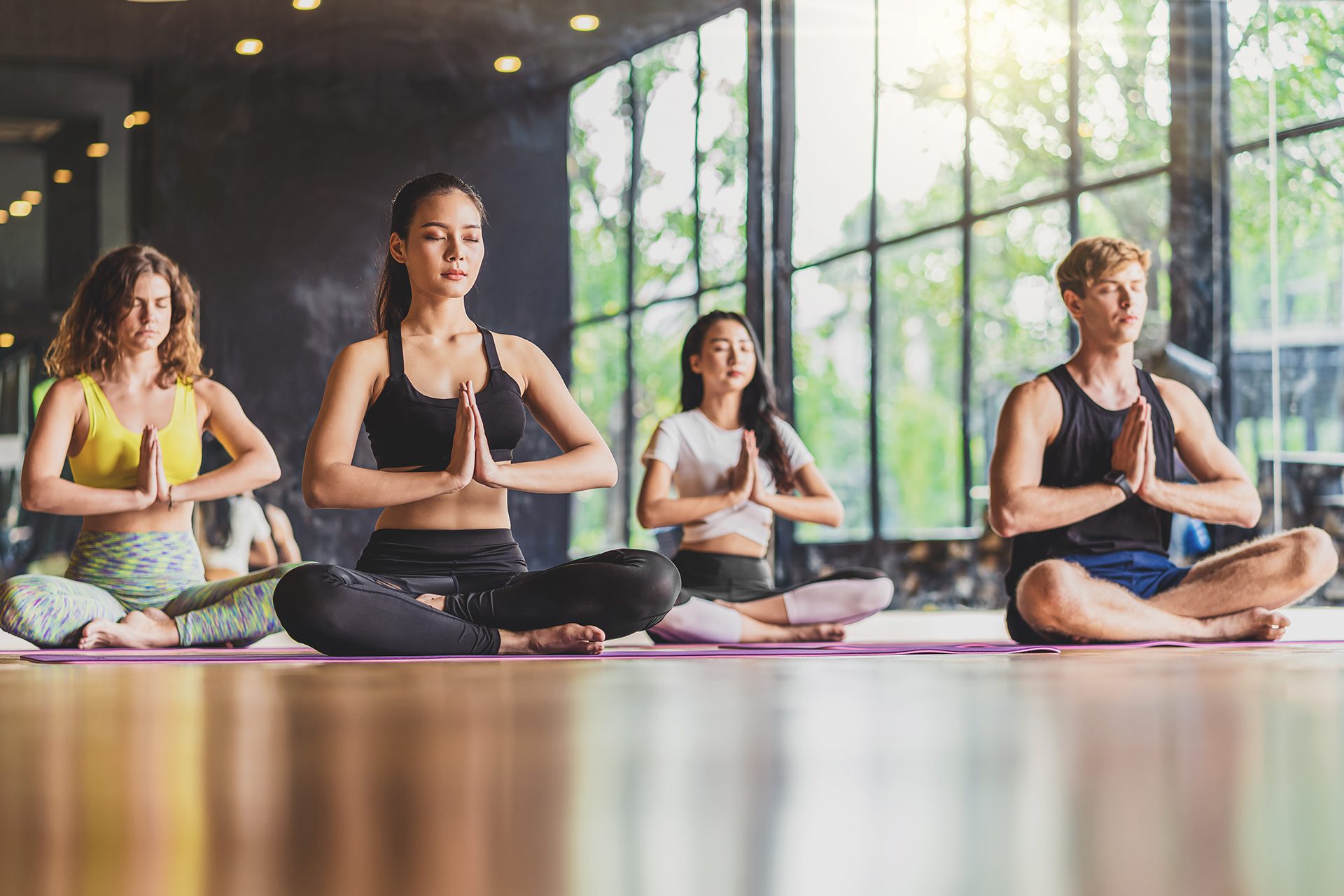Tips for choosing the right yoga teacher training course in Bali
The mesmerizing island of Bali, where enchanting beaches meet lush jungles adorned with terraced rice fields, creates a haven for seekers of both adventure and inner peace. Beyond its scenic beauty, Bali is renowned for its spiritual energy, a force that embraces you the moment you set foot on this captivating island. Yoga training in Bali transcends the acquisition of essential teaching skills or deepening personal practice; it extends an invitation to join a community with shared values, passions and aspirations.
Imagine immersing yourself in a 200-hour yoga teacher training course (YTTC) in Bali, where each day unfolds with intense asana practices, a deep dive into yoga philosophy, and an exploration of its enriching lifestyle. From breaking down various asanas to enhancing postures, this training promises an immersive experience that goes beyond the realms of a typical holiday.

If you’ve been contemplating pursuing your dream of a 200-hour yoga teacher training Bali course, be prepared for an extraordinary journey that surpasses the boundaries of a mere vacation. However, choosing the right yoga teaching course is a significant commitment and investment that involves taking time off from your daily routine, allocating resources for airfare, accommodation, and course fees. In this article, we’ll explore some valuable tips to help you navigate the journey of how to choose the right YTTC (200-hour yoga teacher training course) in Bali.
Tips for choosing the best yoga school for your yoga instructor training Bali program:
- Choose your nature surroundings: Begin by determining whether you prefer the serene landscapes of hills and rice fields or the soothing ambiance of sea and beaches. Since you’ll be residing in this location for over a month, it’s crucial to ensure that you feel at ease with the natural surroundings, the environment, and the overall vibe of the town.
- Reviews of schools: Explore reviews for yoga institutions across different platforms like TripAdvisor, Google reviews, and Facebook reviews. In addition, inquire with the school about the possibility of connecting with former students. This will provide you with genuine insights into their real stories and experiences, helping you make an informed decision. Speaking with former students who have firsthand experience provides valuable insights, offering an honest review of the course and helping you determine if it aligns with your preferences for a yoga instructor certification, Bali.
- Make a list of schools based on priorities: Go through the 200 hour yoga teacher training Bali course details. List out your priorities. Some schools may have more emphasis on certain subject areas such as anatomy and physiology or philosophy. While some courses may focus more on teaching methodologies and the business of yoga. While all these subject matters are important, deciding which one you wish to focus on more is critical.
- 200 hour yoga teacher training Bali schedule: Typically, Bali’s yoga teacher training programs span 4 intensive weeks, with six a day week dedicated to classes. This immersive approach allows for a seamless integration with your travel itinerary, allowing you to graduate with a qualification within just one month. Normally, you will get Sunday off to explore the local town and surrounding area. Your daily routine, however, will be quite water-tight with physical practice, theory sessions and self-study hours.
- Course curriculum: Pay close attention to the course syllabus to understand the content and learning objectives. Take the time to delve into the specifics of various yoga instructor courses, Bali, to understand their differences. Some schools focus more on theory, while others focus more on physical aspects. The allocation of hours varies, covering subjects ranging from anatomy and the history of yoga to posture workshops and meditation. Carefully go through the details of the curriculum, including required readings and preparations. Ask yourself: Does this align with your interests? What will you gain from it? Ensuring that you find the learning enjoyable and are well-prepared will prevent any unexpected surprises during the course.
- Know your teachers: The primary instructor greatly influences your learning curve. Try to attend a class with the lead teacher, conduct thorough research, and connect with them to engage in conversation. Establishing a connection is crucial. Considering that you’re investing both time and money in a mentor who will guide you through an intimate journey, where emotional vulnerability may arise, it is important to feel comfortable and have trust in this teacher.
- Specialized teachers: While you know your lead teacher, try to find out if you will also have instructors who are specialized in topics such as anatomy and physiology, philosophy, different styles of yoga, and so on. The more specialized teachers you have, the better your learning. Some schools may also invite guest teachers for a session on nutrition or meditation, among other topics.
- Style of yoga: Which style excites and interests you the most? Is it the dynamic, invigorating Ashtanga yoga poses? Is it the fluid, creative flow of Vinyasa or the harmonious and calming Hatha yoga? There are many styles of yoga with some schools offering a blend of two types, like Sampoorna Yoga’s 200-hour Ashtanga Vinyasa yoga teacher training Bali course. Depending on the style, the modules and practices will vary. Choose a yoga course based on what is your preference.
- Values and philosophy of the school: Do a little digging into the school’s reputation, its values and ethics. Some schools might have branches in other countries too. Look into how long they have been operating, how many students have graduated, who are the founders and truly see if it all resonates with you. A few aspects you can keep in mind include things like what are the ethics the school follows? Is there respect and attention to student’s safety and preferences? Do empathy and compassion form the basis of all teachings?
- Cost and budgets: What does a yoga teacher training cost in Bali? While Bali YTTC’s can range from low to high depending on the teachers, course inclusions, duration and others, it is important to make sure you check all the costs associated with your yoga teacher training course, Bali. For example, does the fee include food and accommodation? Does it also include beverages and snacks? Will you receive a training manual and accessories such as props and belt?

Ensure you research thoroughly for your yoga in Bali course. With numerous yoga teachers and YTT courses available, trust your instincts to find the perfect fit. Opting for a 200-hour yoga teacher training in the stunning Bali is an efficient way to elevate your yoga practice. Bali stands out as an excellent choice for yoga training and retreats, offering certification to become a yoga instructor. The transformative power of yoga is evident in the significant changes it brings to your life, engaging your mind, and strengthening your entire body.
Regardless of your motivation for undertaking a yoga teacher training course—whether it’s spiritual exploration, improved health, or cultivating discipline through daily practice—remember that 200-hour yoga TTC in Bali is a substantial investment of time and money. It involves deep breathing exercises, meditations, and yoga postures, fostering close connections with fellow yogis and teachers. Ultimately, it’s a profound life experience that is well worth the commitment.
YOGA ALLIANCE REGISTERED YOGA TEACHER TRAINING COURSES

Sampoorna Yoga Teacher Training School has been a registered international yoga school with Yoga Alliance, holding RYS-200, RYS-300, RYS-500, and YACEP designations since 2009. Its online and in-person Yoga Teacher Training Courses and Certifications are recognized and accepted worldwide, enabling all graduates to teach globally. Upon course completion, participants receive a 200-Hour, 300-Hour, or 50-Hour Yoga Teacher Training Certification, allowing registration as RYTs (Registered Yoga Teachers) with Yoga Alliance. Our Yoga Teacher Training Certificate Courses empower you to teach legally in any country, whether you choose to register with Yoga Alliance registration or not.

